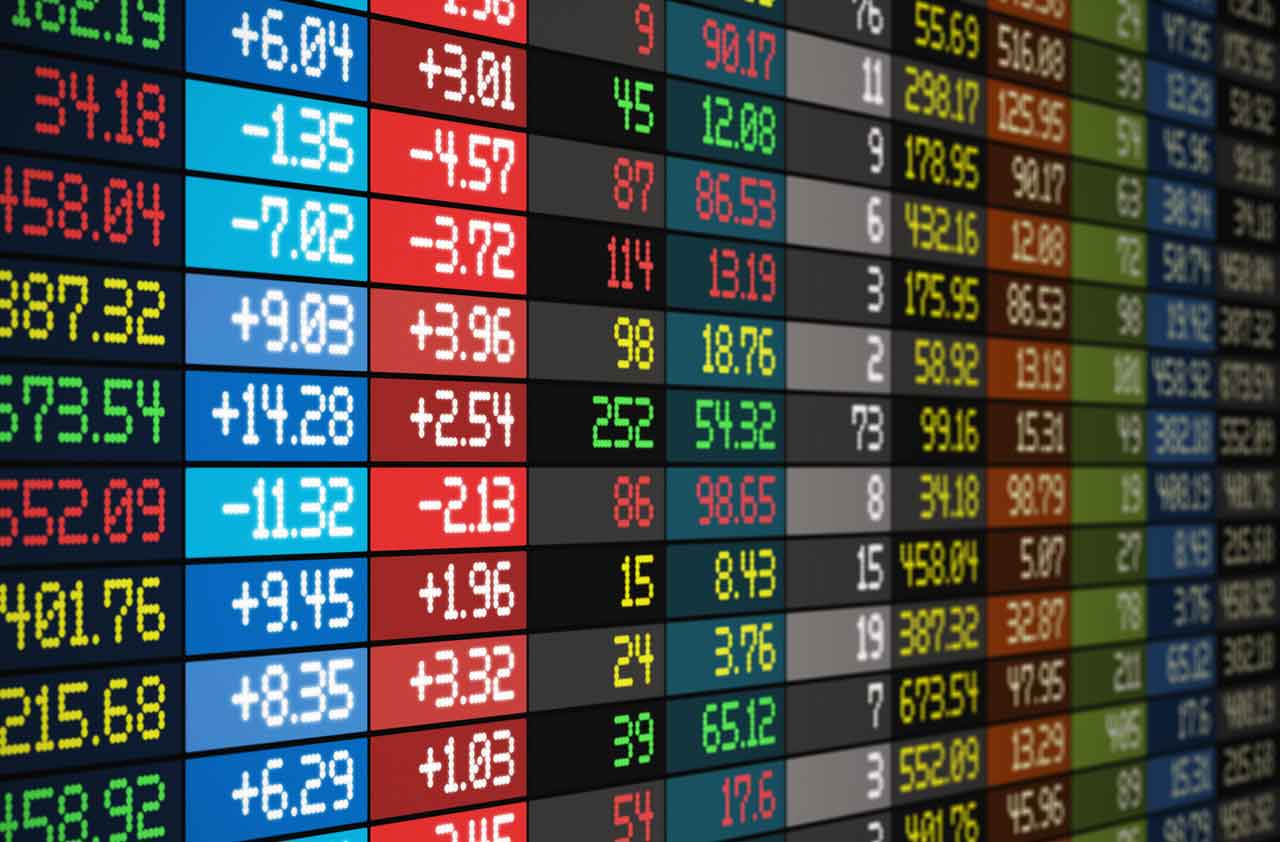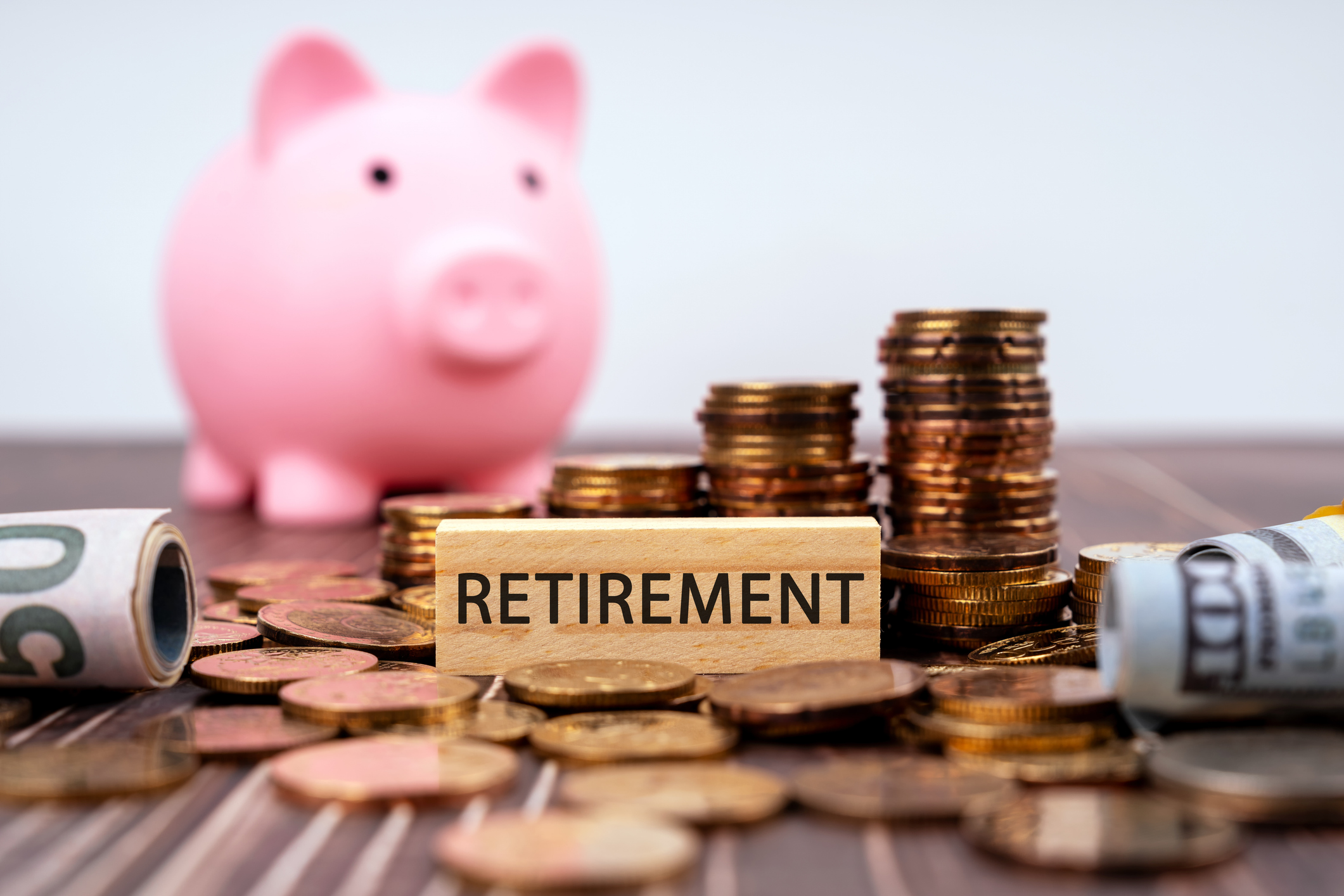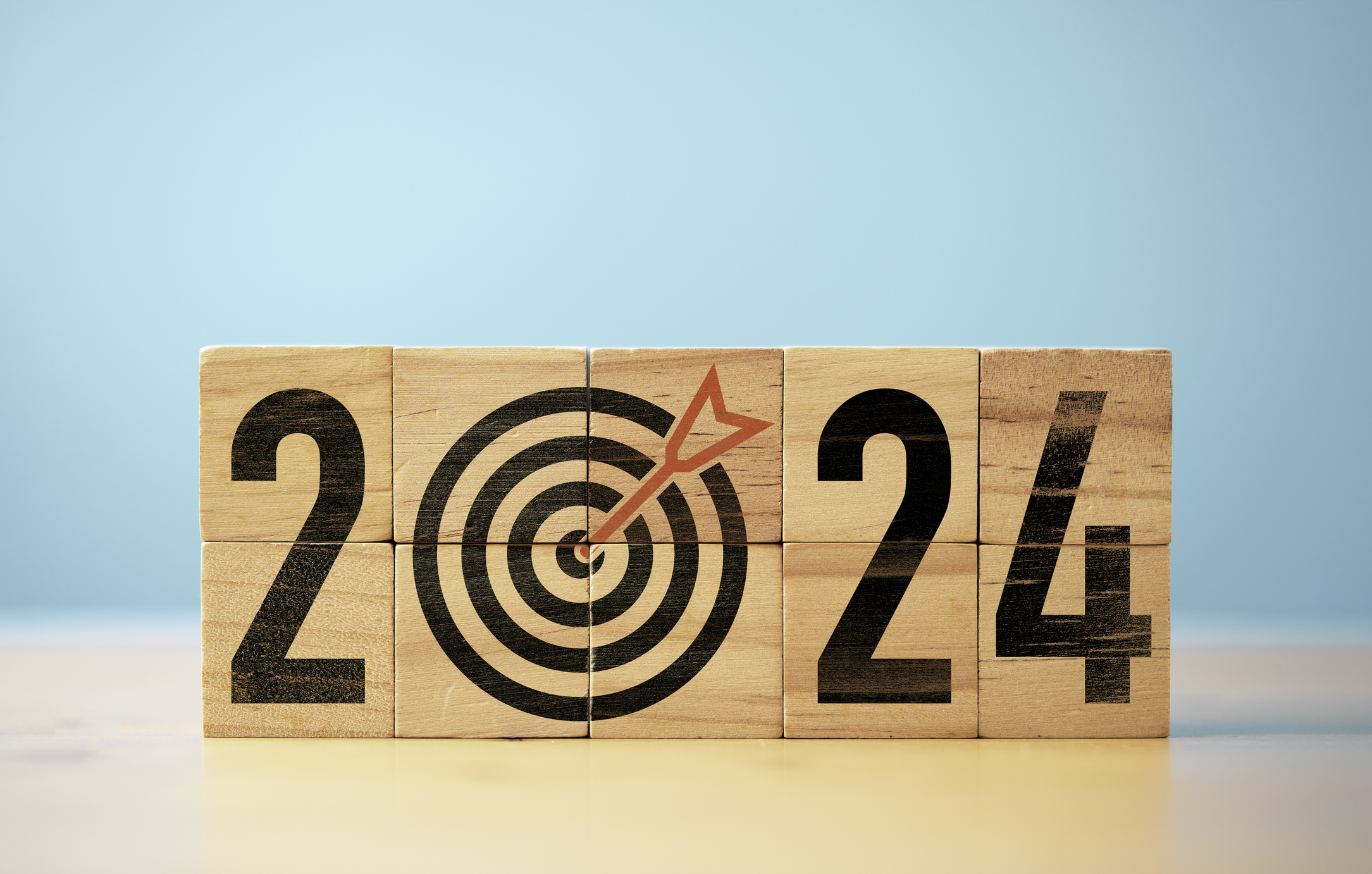Why You Should Buy Bonds on Your Own
Investing in individual debt securities has advantages over funds. We show you how to do it.


For most investors, mutual and exchange-traded funds are ideal vehicles for building wealth. But funds are not perfect, and those that focus on bonds come with their own special flaws. Aside from the drag of ongoing fees, a drawback of all managed products, even the best-run bond funds face a common hazard: Except in rare instances, they never mature. As a result, you cannot tell the amount of current income your investment will produce over any time frame. Plus, you have no assurance that you can recover the amount you paid should market conditions sour. Share prices of funds, like those of the bonds they own, usually decline whenever interest rates climb or when particular categories of bonds, such as junk or emerging-markets debt, lose favor. And with rates at rock-bottom levels around the globe, holders of bond funds face considerable risk once yields start to rebound in earnest.
Buying individual bonds is one way of dealing with those shortcomings. If you buy bonds directly, you can lock in your yield. And as long as an issuer makes good on its obligations, you’ll get back the face value of the bond when it matures (or is called—that is, if the issuer repays the loan before the maturity date), no matter what happens to interest rates and the bond’s price in the interim. When you buy a bond, you’ll pay a commission, but you won’t pay any ongoing fee to hang on to the bond. Not even the lowest-cost bond fund can make that claim.
It’s no wonder, then, that rank-and-file investors are buying more individual bonds than ever. Oodles of bonds are in circulation now (after years of heavy issuance by businesses and governments), and online brokerages have greatly expanded their offerings of municipal and corporate bonds. You can choose among tens of thousands of bonds, including those issued by the U.S. government, corporations, state and local governments, and even foreign governments.
From just $107.88 $24.99 for Kiplinger Personal Finance
Become a smarter, better informed investor. Subscribe from just $107.88 $24.99, plus get up to 4 Special Issues

Sign up for Kiplinger’s Free Newsletters
Profit and prosper with the best of expert advice on investing, taxes, retirement, personal finance and more - straight to your e-mail.
Profit and prosper with the best of expert advice - straight to your e-mail.
Brokers have also improved their websites so you can search by rating, maturity, type of issuer and other features. If you like to dig deep, you can examine a borrower’s financial statements and a bond issue’s original prospectus. In short, buying individual bonds isn’t as hard as it may seem. Below, we explain how you can do it.
Where do I begin?
First, know your objective. Do you want maximum current income? If so, you’ll have to buy low-quality debt or be willing to invest in bonds with long maturities. If preservation of principal is crucial, stick with high-quality debt with relatively short maturities. Are you in a high-enough tax bracket to justify investing in tax-free municipal bonds, which, despite lower stated yields, may deliver higher after-tax returns than taxable bonds? Do you want to match your bonds’ maturities with a particular savings goal or life milestone, such as retirement or the onset of college tuition bills?
Where should I shop?
You can buy Treasury bonds directly from the U.S. government through Treasury Direct For other debt, as well as U.S. government bonds already in circulation, you will need a brokerage account. Popular online brokers such as Fidelity, Charles Schwab, E*Trade and TD Ameritrade have extensive bond listings. Full-service brokers and investment advisers can also accommodate you.
Do bonds have symbols?
Each bond or slice of a bond issue (with varying rates and maturities) has a serial number, known as a CUSIP. The CUSIP for the issue we illustrated, the Ford Motor Credit 4.0% note due on March 20, 2026, is 34540TLH3.
How are bonds priced?
Bond pricing is not as straightforward as it is for stocks and mutual funds. For starters, bond prices are usually quoted on a basis of $100, which is equivalent to $1,000, or par value of a typical bond. A bond with an asked price of $101.53 will cost you $1,015.30. The price may also include a small amount of accrued interest, which you must pay to the seller if you are buying the bond between scheduled interest-payment dates.
How much do brokerage fees add to the cost?
The price of a bond typically incorporates a markup above the price that the brokerage firm paid to acquire the bond (when a brokerage sells a bond from its own inventory, it is said to act as a principal). Brokers acting as principals do not have to disclose the amount of the markup, which can range from 1% to 5% of a bond’s value. But if a broker is buying a bond for you in the open market, it must disclose the amount of the commission it charges. Standard & Poor’s estimates that the average retail investor pays 0.85% of principal to buy an investment-grade corporate bond and 1.21% to purchase an investment-grade municipal bond.
How can I be sure that I’m not getting ripped off?
The availability of free public data helps you make sure that you’re getting a fair price when you buy a bond. Using a bond’s CUSIP, you can follow an issue’s up-to-the-minute price action at www.investinginbonds.com (for corporate bonds) or emma.msrb.org (for municipals). If you have accounts with multiple brokers, you can also ask them whether they can sell you the same bond and at what price. If they don’t have the same exact bond in their inventory, check prices of bonds with similar maturities, yields and credit ratings.
What do all the yield figures mean?
Start with a bond’s coupon, which tells you the interest rate that the borrower is paying on the original face amount of the bond. If a bond comes with a coupon of 4%, the borrower is paying investors $40 a year for every $1,000 in principal. For most bonds, the key figure is yield to maturity. The figure takes into account the amount you actually paid for the bond, which may have been more or less than face value. If a $1,000 bond’s coupon is 4% but you were able to buy the bond for $900 (probably because interest rates, which move in the opposite direction of bond prices, rose after the bond was issued), your yield to maturity will be more than 4%. That figure represents interest payments plus the additional profit of $100 you’ll collect when the bond matures. By contrast, if you pay $1,100 (probably because rates fell since the bond was issued), your yield to maturity will be less than 4% because you will receive $100 less than you paid for the bond when it comes due.
What is the current yield?
That’s simply the ratio of the interest paid per year to the bond’s current price. If you pay $1,000 for a bond that has a 4% rate, your current yield is 4%, whether it’s a one-year or 30-year security. You may see bonds ranked this way, but yield to maturity is more meaningful.
Does it make sense to compare a bond’s current yield with the yield on a CD?
Yes. The U.S. government guarantees timely payment of interest and principal for most CDs, as well as for Treasury securities. So when you invest in non-guaranteed bonds, you should always get extra yield because no matter how impregnable you believe the issuer’s credit to be, there is always some risk that the company or municipal entity you’re lending money to might default on its obligations.
I’ve seen the phrase “yield to worst.” What is that?
As the name suggests, it’s the worst possible return you can get. Essentially, it’s either yield to maturity or yield to a bond’s next possible call date, whichever is lower. If you’re looking at a bond that is callable and selling for more than face value, focus on yield to worst.
What if I want to sell my bond before maturity?
When you buy a bond, also note the broker’s asked price. That shows you how much the broker is willing to pay to take that specific bond off your hands at that moment and is always less than what you’d pay to buy the bond. But that doesn’t mean you’d get that price if you tried to sell the bond at a later time. Depending on how frequently a particular issue is traded, you might have to accept considerably less. And that’s why it’s best to hold a bond until it matures or is called.
Profit and prosper with the best of Kiplinger's advice on investing, taxes, retirement, personal finance and much more. Delivered daily. Enter your email in the box and click Sign Me Up.

Kosnett is the editor of Kiplinger Investing for Income and writes the "Cash in Hand" column for Kiplinger Personal Finance. He is an income-investing expert who covers bonds, real estate investment trusts, oil and gas income deals, dividend stocks and anything else that pays interest and dividends. He joined Kiplinger in 1981 after six years in newspapers, including the Baltimore Sun. He is a 1976 journalism graduate from the Medill School at Northwestern University and completed an executive program at the Carnegie-Mellon University business school in 1978.
-
 How to Plan a (Successful) Family Reunion
How to Plan a (Successful) Family ReunionFrom shaping the guest list to building the budget, here's how to design a successful and memorable family reunion.
-
 These Unloved Energy Stocks Are a Bargain
These Unloved Energy Stocks Are a BargainCleaned-up balance sheets and generous dividends make these dirt-cheap energy shares worth a look.
-
 You've Heard It Before, But This Investment Advice Still Pays Off
You've Heard It Before, But This Investment Advice Still Pays Off"Time in the market beats timing the market" ¬— been there, done that, right? But don't write off the underlying advice. There's a reason it's a popular saying.
-
 What Fed Rate Cuts Mean For Fixed-Income Investors
What Fed Rate Cuts Mean For Fixed-Income InvestorsThe Fed's rate-cutting campaign has the fixed-income market set for an encore of Q4 2024.
-
 The Most Tax-Friendly States for Investing in 2025 (Hint: There Are Two)
The Most Tax-Friendly States for Investing in 2025 (Hint: There Are Two)State Taxes Living in one of these places could lower your 2025 investment taxes — especially if you invest in real estate.
-
 The Final Countdown for Retirees with Investment Income
The Final Countdown for Retirees with Investment IncomeRetirement Tax Don’t assume Social Security withholding is enough. Some retirement income may require a quarterly estimated tax payment by the September 15 deadline.
-
 How Inflation, Deflation and Other 'Flations' Impact Your Stock Portfolio
How Inflation, Deflation and Other 'Flations' Impact Your Stock PortfolioThere are five different types of "flations" that not only impact the economy, but also your investment returns. Here's how to adjust your portfolio for each one.
-
 Why I Still Won't Buy Gold: Glassman
Why I Still Won't Buy Gold: GlassmanOne reason I won't buy gold is because while stocks rise briskly over time – not every month or year, but certainly every decade – gold does not.
-
 Should You Use a 25x4 Portfolio Allocation?
Should You Use a 25x4 Portfolio Allocation?The 25x4 portfolio is supposed to be the new 60/40. Should you bite?
-
 Retirement Income Funds to Keep Cash Flowing In Your Golden Years
Retirement Income Funds to Keep Cash Flowing In Your Golden YearsRetirement income funds are designed to generate a reliable cash payout for retirees. Here are a few we like.
-
 10 2024 Stock Picks From An Investing Expert
10 2024 Stock Picks From An Investing ExpertThese 2024 stock picks have the potential to beat the market over the next 12 months.